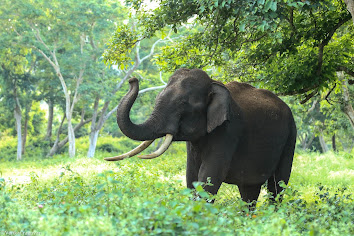Project Elephant and Project Rhino

Project Elephant Project Elephant was launched by Govt.of India in 1992. Elephant Aim of Project Elephant To protect elephants, their habitat and corridors To address issues of man-animal conflict Welfare of captive elephants To promote not to harm elephants for their tusks. To provide financial and technical support to major elephant bearing states. The Project is implemented in Andhra Pradesh, Arunachal Pradesh,Assam, Chhattisgarh, Jharkhand, Karnataka, Kerala, Maharashtra, Meghalaya, Nagaland, Odisha, Tamil Nadu, Tripura, Uttarakhand, U.P. and West Bengal. There are 2032 Project Elephant reserves exist in 16 states extending to 58,000 sq.Km Some Facts about Elephants The African Savanna (bush) elephant is the world's largest land animal. An adult male elephant weighs an average of 6,000kg. An elephant trunk has up to 1,50,000 muscles! The trunk can lift almost 320 kilograms of weight. The same trunk can pick a small blade of grass too. Elephant tusks are their enlarged inciso


